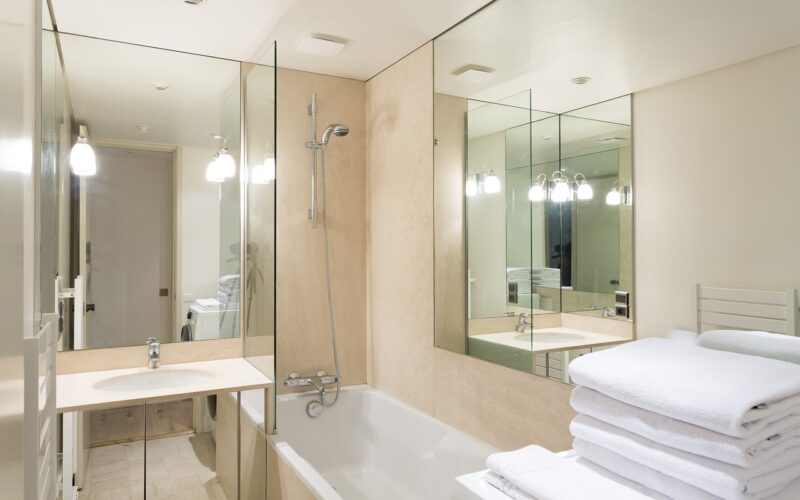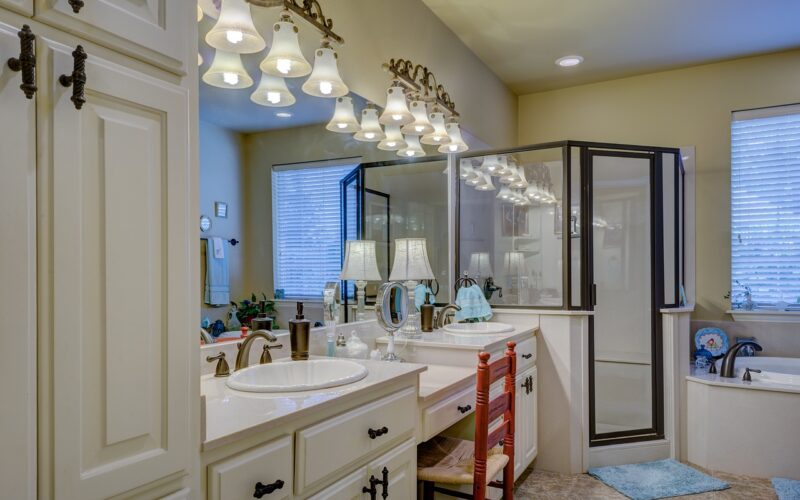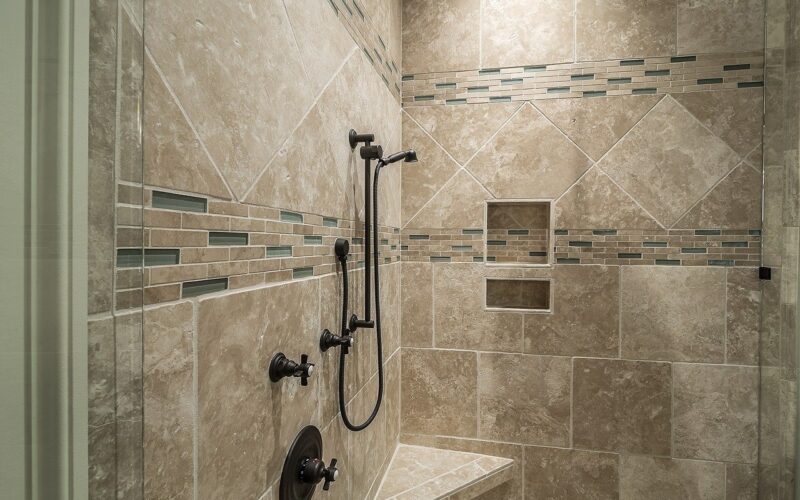Transforming your home into a source of extra income is an appealing prospect, especially in today's economic climate. Whether you have a spare room or an underused space like a garage or basement, refurbishing it to make it partially rentable can provide a steady revenue stream. Here's a guide to help you get started on this exciting venture.
Evaluate your space and potential
Before embarking on any refurbishment project, it's crucial to evaluate the space you have available. Consider the size, location, and condition of the area you plan to convert. If it's a room within your home, think about its accessibility for renters. If it's a separate structure like a garage or basement, assess whether it needs significant renovations to make it livable, such as installing plumbing or heating. Understanding the space's current state and potential will guide your renovation budget and design decisions.
Understand regulations and legal requirements
Renting out part of your home isn't just about making physical changes; you must also comply with local regulations and legal requirements. Start by checking with your local council about any zoning laws or permits needed for renting out a portion of your property. Additionally, consider consulting a legal expert to ensure you understand landlord-tenant laws, insurance requirements, and tax implications related to rental income. Being well-informed will prevent potential legal issues and ensure your venture is above board.
Plan your refurbishment
Once you've assessed your space and sorted out the legalities, it's time to plan the refurbishment. Think about your target market—are you catering to students, professionals, or short-term holidaymakers? This decision will influence your design choices and the level of amenities you provide. For instance, students might only require basic furnishings, while holidaymakers could expect more luxury or themed interiors. Set a realistic budget, keeping in mind potential costs for labour and materials, and create a timeline to keep the project on track.
Focus on essential improvements
When refurbishing, prioritise essential improvements that will make the space comfortable and attractive to potential renters. This might include repairing or replacing flooring, updating lighting fixtures, and ensuring the space is well-insulated and heated. Don't forget about aesthetics—neutral colours and modern fittings can make the space more appealing. Additionally, consider adding features that could stand out to renters, such as a small kitchenette, an en-suite bathroom, or smart home technology.
Market your space effectively
With the refurbishment complete, the next step is to market your rentable space effectively. Take high-quality photos that highlight the best features and use these in your online listings. Platforms like Airbnb, SpareRoom, or local property sites are great places to start. Write a compelling description that not only details your space's features but also highlights its proximity to transport links, local amenities, or points of interest. Don't underestimate the power of word-of-mouth—inform friends and family who may know someone looking for a rental.
Manage your rental efficiently
Once you start receiving inquiries, it's important to manage your rental efficiently to maintain a positive experience for both you and your tenants. Establish clear communication channels, set up a straightforward booking system, and be transparent about house rules and rental terms. Consider using property management software to keep track of bookings, payments, and maintenance requests. Regularly seek feedback from tenants to improve their experience and address any issues promptly.
By carefully planning and executing your home refurbishment project, you can successfully create a rentable space that provides extra income while also enhancing the value of your property. With attention to detail and a focus on quality, your venture can offer a rewarding new chapter for both your home and your financial future.
























